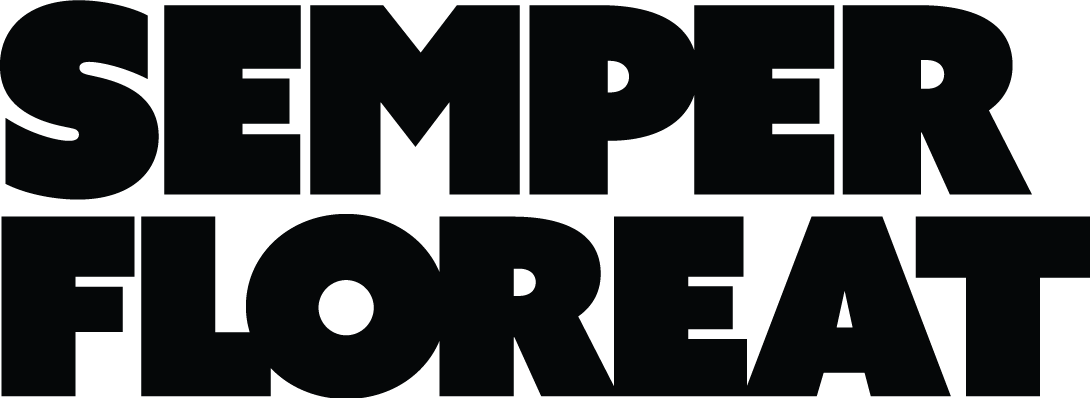
When I was younger, I connected to writing and reading more than to speech. Despite loving to socialise, at times speaking was more tiring than rewarding. This sparked my desire to learn Auslan. It came from curiosity of how it would be to speak a language that was visual-spatial rather than verbal.
Returning to UQ at the start of this year, I found a UQU poster promoting an introductory Auslan course.
The student subsidy allowed me to afford the opportunity to learn a language that had always intrigued me. So, I decided to sign up.
Run by Deaf Connect, these courses ran for 6 weeks, with weekly 2-hour classes.
They were run by a teacher who is d/Deaf or Hard of Hearing (HoH) and whose primary language is Auslan.
These classes require students to switch into voice off mode, meaning to not speak verbally within the lesson. Instead, relying on signs we learnt in class to communicate with one another.
This level of immersion allowed me to pick up the language quickly whilst remaining respectful of the teacher.
I spoke with Disability Officer Neptune, who also took part in this Auslan course, about their experience as an autistic person learning Auslan.
‘I started learning Auslan primarily because I thought it would be great to be able to communicate with Deaf people, but it’s become really helpful for when I lose speech.’
‘When I’m upset it’s really hard to put words together, but Auslan helps circumvent that so I’m still able to communicate my needs.’
‘It’s also super helpful when clubbing or at concerts, actually! Way too loud to hear anyone but I can still communicate to friends “I’ll be back, just going to the bathroom” without shouting into anyone’s ear.’
Deaf Connect’s Auslan course encapsulated not just the language, but the experiences, history and culture of d/Deaf and HoH people. As well as learning about the parents and carers of d/Deaf and HoH individuals.
More than 16,000 people across Australia speak Auslan at home, said Deaf Connect.
Auslan is not just English in a signed form, but its own distinguished language. Auslan has its own history, culture and grammar, said Open University Australia.
Many of the signs we learnt were intuitive and we quickly learned to communicate with one another.
I found myself excited to come to my weekly 2-hour classes.
As someone who is hearing, being able to take this course helped me to get insight into the lives of Auslan speakers, of people in the d/Deaf and HoH community and those who support them.
As a neurodivergent hearing person, I began to wonder how sign language could find its place in my life. This course showed me how Auslan is not a language exclusive to the d/Deaf and HoH community despite them being its primary users. Learning Auslan meant learning about their history and culture in Australia.
As someone who finds speech exhausting at times, Auslan allowed me the chance to communicate with others in a way that was easier to me. I found Auslan did not exhaust me in the same way that speaking does, as well as making it easier to understand others when in spaces that are louder and it is harder to discern sounds.
Neptune similarly said,
‘It turns out that signed language works much nicer with my autistic brain … I’m still working on fluency, but signing doesn’t agitate my brain in the same way that speech can.’
‘I sincerely hope future Disability Officers will continue running Auslan courses!’
‘It’s so encouraging to see people outside the disabled community take an interest in learning how to communicate in different ways.’
Cited
Neptune – Disability Officer at DisCo
https://www.open.edu.au/advice/insights/what-is-auslan
https://www.open.edu.au/advice/insights/what-is-auslan
Written by Ariel Wilson
Views: 22
